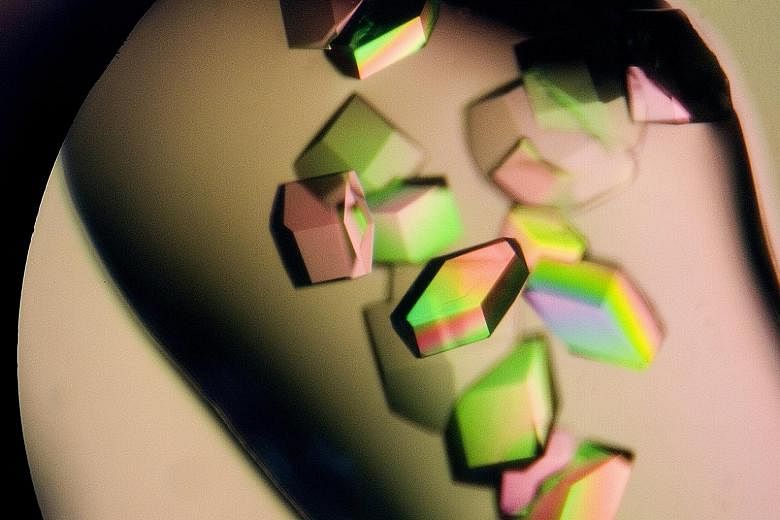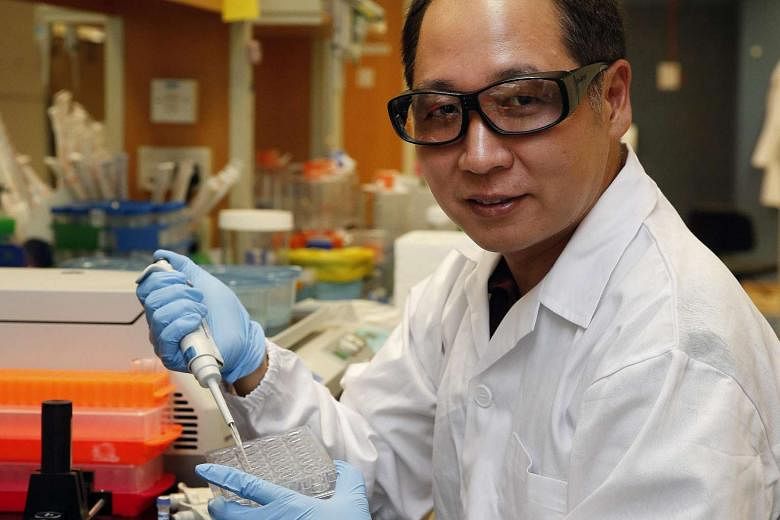Singapore researchers are offering new hope in combating superbugs - bacteria that are resistant to existing antibiotics.
They have found a way to cut and stitch together parts of the DNA of four naturally existing bacteria, to create 12 potential anti-superbug antibiotics, which could be ready for animal trials in two years' time.
Their work also offers a faster and cheaper option for the creation of new antibiotics.
But developing antibiotics to tame superbugs is the more important goal of the researchers at the National University of Singapore's (NUS) Department of Biological Sciences, said Assistant Professor Kim Chu Young, the lead scientist in the study.
To do that, they need to create three artificial DNA that can be mixed and matched in various ways, and then re-inserted into E. coli bacteria. Each bacterium will have a differently combined DNA, and will produce a different drug that has the potential to kill superbugs.
The NUS team has so far successfully created one of the artificial DNA. It is the most complicated of the three, said Prof Kim.
As for the prospect of the synthetic biology research helping to create antibiotics faster and more cheaply, he said it would not replace the current methods.
"Instead of two bullets, we now have three... which increases our overall chances of dealing with the problem (of superbugs)," he said.
New antibiotics are traditionally sourced from nature, including soil, or created in the laboratory by using chemistry to modify existing antibiotic drugs.
But finding antibiotics from soil has become tougher as countries grow more protective of their resources, hindering research on soil across borders. On the other hand, complex modifications of existing antibiotics could take many years, owing to the large number of chemical reactions that need to be worked out, said Prof Kim, who is a principal investigator for the NUS Synthetic Biology for Clinical and Technological Innovation programme.
He and his team of scientists are optimistic that with synthetic biology, a larger pool of 10 naturally existing bacteria can be modified to develop up to 5,000 new bacteria-fighting drug candidates.
With such a huge number of compounds, he is optimistic that "at least one or two drug molecules can be antibiotics".
He added: "It is not a scientific argument, but when you are dealing with such large numbers, you are more likely to find something rather than not find anything."


